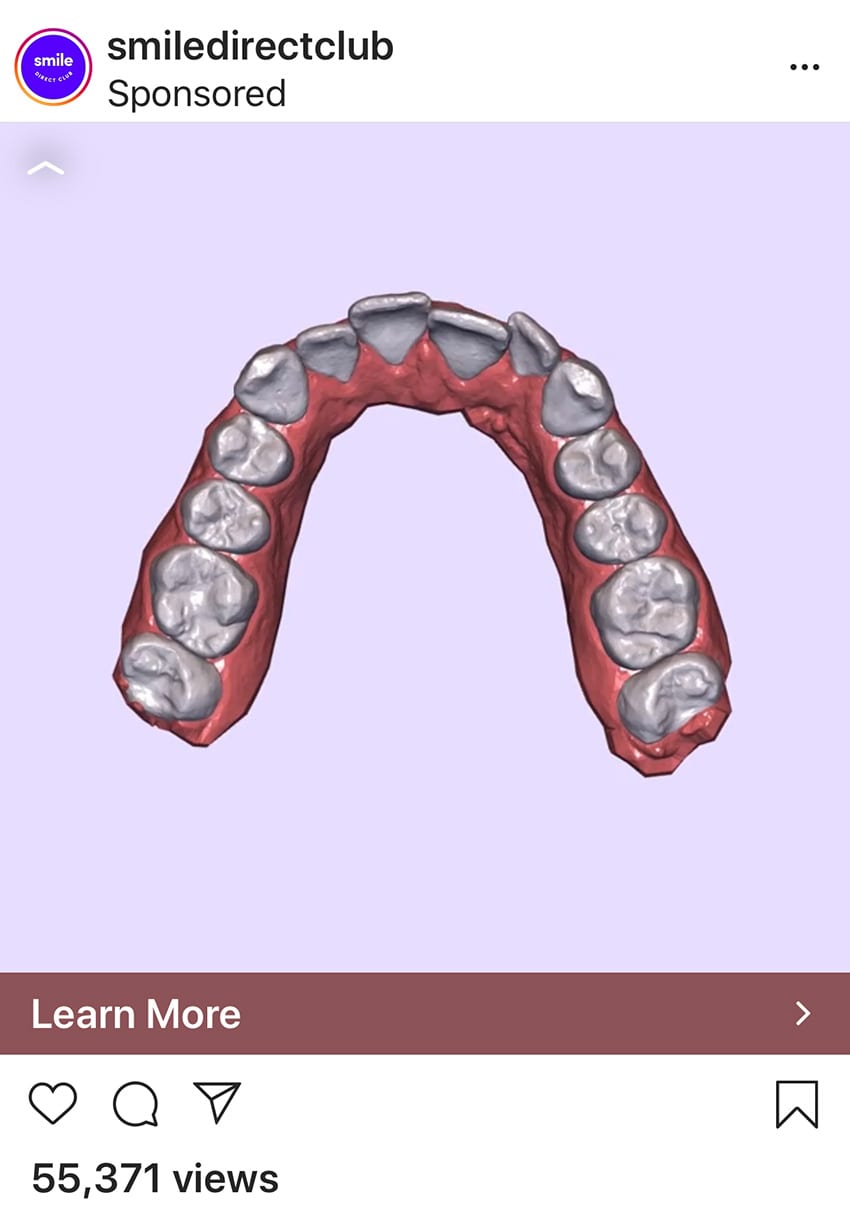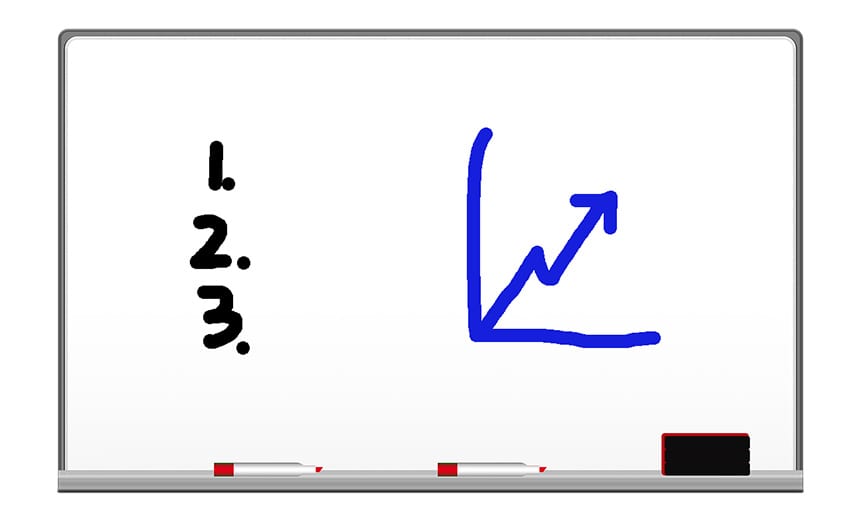< Back to all posts
How to Make An Animation: 5 Innovative Tips
The digital landscape has changed remarkably since its inception, and it continues to change very rapidly. A big part of these changes includes video, animation, motion graphics, and how they are used.
YouTube, which has three billion searches per month, is the second-largest search engine on the web. Visitors to YouTube can utilize the enormous video website to learn about virtually anything.
But has it become the time of “video, that’s so passe?” as many instructional videos, online marketers, and even bloggers are now using animation and motion graphics to deliver their messages? We definitely don’t think so, but it’s paramount to use animation as a tool to tell your brand’s story just as much as video.
Here are five tips on using animation. Let’s jump right in!
5 Innovative Tips on How to Make an Animation
1. Convey Your Company’s Message Without Sound
Certainly, you’ve noticed the trend with videos that appear on Facebook, Instagram, and Twitter.
And, one of the most notable features of these videos is their functionality—or maybe their lack of functionality as a user scrolls over them.
As you scroll through feeds on any of the social media channels listed above, videos will play, but without sound. However, videos without sound still perform better than pictures; and many are very effective in delivering their message. A study by Animoto found that for Facebook, 85% of video is watched with the sound off.

Take for example Smile Direct Club’s Instagram ad. Even without sound, the video incorporates animation into a live-action video showing viewers how their product can straighten teeth—and it’s all done in seconds.
Additionally, according to a study conducted by Databox, 60% of online marketers say that video drives more traffic than the use of images.
What does this mean? It means that companies should ensure their videos convey their message simply contained in video alone, and animated video is a great way to do this.
2. Simplify Those Complex Topics
Animation and motion graphics are great ways to visually simplify complex ideas and processes.
YouTube, for example, features a multitude of videos that simplify topics that would otherwise be very difficult to explain.
And many businesses, companies, and even medical facilities are capitalizing on video animation. There are animated videos that explain how digestion works on up to how a turbo engine works. Because, what else are you going to look up during your lunch break?
Also, there are animated videos produced by medical professionals for patients. These videos demonstrate procedures as complex as heart bypass surgery.
It makes sense that animated videos should be used to educate and explain some of these intricate topics. ElearningIndustry.com explains that around 65% of people are visual learners.
Animated video can help clarify complexities in simplistic visual formats, because truly digesting (see what I did there?) your brand’s message is the goal.
3. Write It On The Virtual WhiteBoard
This one has been around for a while, and it’s still around. That’s because it’s highly effective.
The site, moz.com’s “Whiteboard Friday,” is something that has been watched for years by online marketing professionals.
 But the animated type of whiteboard videos is something that has been utilized by top online marketers for what seems like forever. However now, they also incorporate animated stories along with the classic animated whiteboard.
But the animated type of whiteboard videos is something that has been utilized by top online marketers for what seems like forever. However now, they also incorporate animated stories along with the classic animated whiteboard.
Check out some of the Clickbank affiliate marketing videos, many use the animated whiteboard.
4. Incorporate Animated Videos Into Blogs
This is a bit of a hybrid approach to using video animation. It’s the use of video animation along with good old fashion blogging. And it’s very important.
Here’s why.
Over the past year, Google has started using “dwell time,” and on-page time as key factors when ranking pages in their search results.
On-page time is the length of time a user spends on a page. If users stay on a web page for a substantial period of time, Google takes note.
In short, Google views this as a user is staying on a page because the content is good; the user is getting the information they need.
Because of this, many bloggers are now adding detailed infographics and animated videos to their blogs. This, in turn, is boosting their site’s SEO. Time=money, literally, in this instance.
5. Change The Pace To Hold Engagement
Depending on factors such as production and subject matter, some live-action videos can lose their momentum. Viewers can simply lose interest. So many videos, so little time.
However, animation and motion graphics can help retain user engagement by changing up the pace and explaining complex topics quickly. It’s like the video equivalent of tl:dr (Too long: didn’t read).
For example, back to the educational video on how turbo engines work.
Both live-action video and animation video are an integral part of your brand’s digital strategy. Not only does this help simplify something complex like the inner-workings of a turbo engine, but it also keeps things interesting for your viewers, aiding in retention.
The Wrap Up
Video animation can work great and be highly-effective in social media channels when used correctly. Key fact: 85% of videos on Facebook are watched with sound off. This means companies should take note of this trend and focus on getting their message to the end-user without sound. How can we help you tell your story with animation and motion graphics? Let us do the heavy lifting and you can focus on the vision.







Leave a Reply